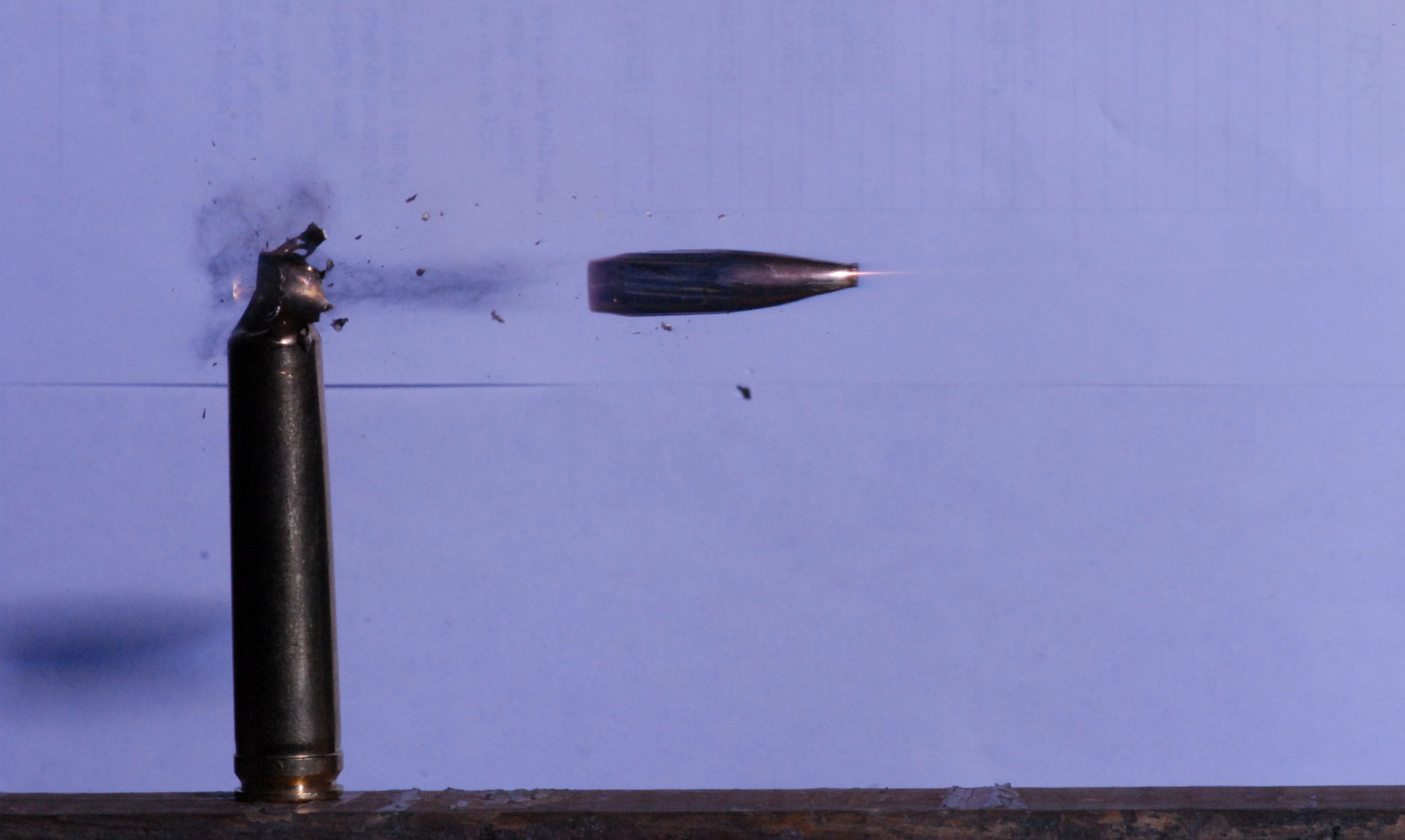There are several classic gunsmithing books publishing in the 1940’s which are part of my collection. Obviously none that are first editions, but the information contained is as relevant today as it was 80 years ago. It is important to keep in mind that due to the age of the book, we will not find more modern firearms, cartridges or machining methods in this book.
If you enjoy working with older turn of the century firearms, such as Springfield’s 1903, 30-40 Krag’s, Lee Enfields, Mausers, Shotguns and Revolvers you will find this book to of an particular interest and valuable resource. It would make sense as these firearms were the bread and butter of gunsmiths for many years, long before the gas driven action of the M1 Garand, introduced only a few years prior to the publishing of this book. Though it does have a section that details working on automatic pistols such as the 1911.
The book has many hand drawn cross sections of parts, actions, and tooling (which have not changed significantly since the book was published). It also contains several tables which I find to be particularly useful, such as the table detailing the threads patterns of various actions found on page 59. I also enjoyed reading Chapter 4 which discusses the method of rifling a barrel. The method common in those days was cut rifling, with each groove being formed by multiple passes with a single cutter.
Now a days this is probably the least common way rifling is formed. Hammer forging, or broaching being the most commonly used methods today. While the debate still rages on what method produces the best, most accurate barrel, there is little debate that both methods are less time consuming and cheaper then the method described in this book. However for posterity sake, preserving this information is important, to the point where someday I would like to recreate the set up used if only to say that I have done it and understand how it is to be done.
One of the things that make this book enjoyable is the discussion of the topics of debate of the day in the firearms community. While we may point to debate between best handgun calibers, such as 45 ACP or 9mm, it is clear in his day, there was no consensus on the number of rifling grooves deemed to be sufficient. Something you rarely hear discussed today, though the discussion of rifling profile does come up from time to time.
Something that I am quite sure is rarely done now a days is the making or repairing of reticles for telescopic sights by the local gunsmith. I suspect it was not often done when this book was published, however the process is discussed. Materials may involve platinum wire, spider web strands, human hair, or silk. Again, it is an interesting skill that may otherwise be lost, but is likely of dubious value given the quality and complexity of today’s optics. For example most quality optics have been purged with an inert gas such as nitrogen or argon. Disassembly or field repair is not recommended.
If you are someone who spends a fair bit of time working on rimfire rifles or pistols, you may find Chapter 9 to be of particular interest. While the quality of ammunition has certainly improved since the publishing of this book, may of the issues described would not be unique to antiquated firearms and can crop up in modern arms as well. This includes the discussion of the Woodman’s pistol in the following chapter.
Probably the last chapter I feel oblige to highlight was chapter 12 that discusses the use of hand tools. In a age where we are constantly wowed by hand drills, drill presses, lathes, mills, bandsaws, Dremel and other implements of destruction, the humble file and hack saw are forgotten. However back in the day, these were in common use, and we tools that were every bit as important as the big lathes and mill. I would contend that many of us, do not have the patience to work with such tools as they take time and finesses to get the work done, however exceedingly fine work can be accomplished using them.
Bottom line, this book belongs on everyone’s shelf if they have a fleeting interest in gunsmithing. Yes, the title says “Advance”, but the subjects covered range the gambit from basic to advance, and covers methods and techniques that may not be in common use today. It provides a historical reference, a snap shot, of how gunsmithing was done 80 years ago, and provides information that is still relevant when working on firearms constructed during the turn of the century. Just don’t expect to pay 1940’s prices on any of the gadgets mentioned 🙂

